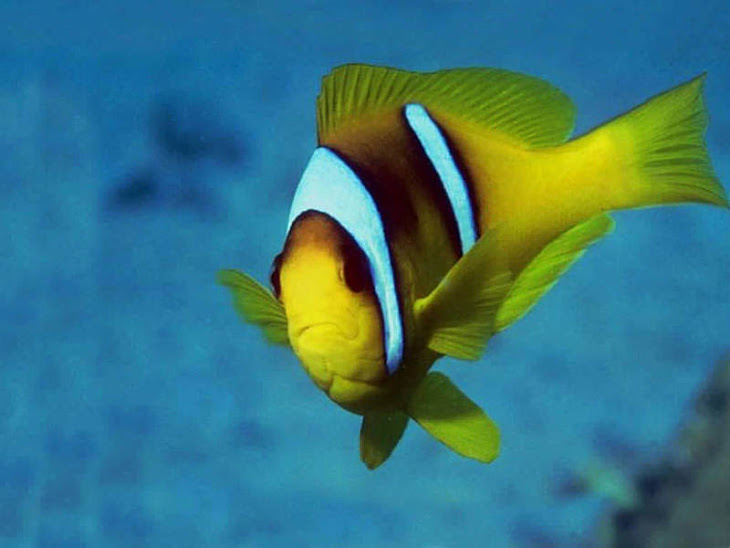As a follow on from
"It's All About Steam", this one is about Oil.
Just there on BBC2, was a fascinating 10 min
"time-filler" as the previous programme (snooker) finished earlier than scheduled. They chose a segment from the 2007 series of
Coast on the
Outer Hebrides.
 "This rugged remote coast is a wonderland of stacks, secret inlets and wind swept secluded beaches. The dramatic coastline is rich with culture and traditions which are deeply rooted across the 120 islands that make up the Outer Hebrides".
"This rugged remote coast is a wonderland of stacks, secret inlets and wind swept secluded beaches. The dramatic coastline is rich with culture and traditions which are deeply rooted across the 120 islands that make up the Outer Hebrides".The main focus of this segment was specifically in terms of the
Isle of Lewis.
Plain sailing so far, but what's the historical connection between the Isle of Lewis and oil??? Follows a semantically enhanced version of a link above.
Isle of Lewis - Birth of an Oil IndustryStornoway is the largest town on Lewis and the commercial hub for the islands. Over 150 years ago it saw the surprising birth of an oil industry.
In 1844 the island was bought (£190,000) by James Matheson who helped build the area for the community.
Ed- He also had a wee Castle built for him. Lews Castle to be precise.
"Lews Castle is a Victorian era castle located west of the town of Stornoway, Isle of Lewis, Scotland. It was built in the years 1847-57 as a country house for Sir James Matheson who had bought the whole island a few years previously with his fortune from the Chinese Opium trade". Hhmm.
Although Matheson had retired he was forever the entrepreneur, and it was more than the natural beauty of the island that caught his eye - it was the islands vast resource of peat.

For years peat had been used as a domestic fuel. Matheson wanted to take it one step further and use the peat to make hydrocarbon oil. At the time paraffin oil was used for lighting and it came from fish and whales. But how did Matheson make oil from peat?
Armed with a bag of peat and a metal drum, Mike Bullivant from the Open University illustrates the magical properties of peat. By burning the peat, tar is extracted and distilled further, extracting paraffin oil.

Originally, Matheson set up his works at his castle, but the process poisoned the fish in his pond so he moved the process outside. But when all the fish were poisoned in the nearby river, Matheson called in chemist Dr Benjamin Paul (Ed - can't find anything abot him on teh webz) to take charge of the distillation.
The process also gave of a flammable gas - which the night watchman discovered when doing his rounds with a candle, resulting in the chimney catching fire. Forever efficient, Dr Paul used the excess gas to burn the peat, which was used to make paraffin lamp oil, candles, and the excess tar was sold as lubricant and sheep dip.
Alice Roberts joins Ali Whiteford and discovers how this area of peat land was transformed into a full blown chemical works.

The Lewis Chemical Works was the first company to be a commercial success of converting peat into oil. But Dr Paul left and his successor cooked the books, lining his own pockets.
Twenty two years later the site closed and all that's visible today is the track of the Works.

SOURCE

















